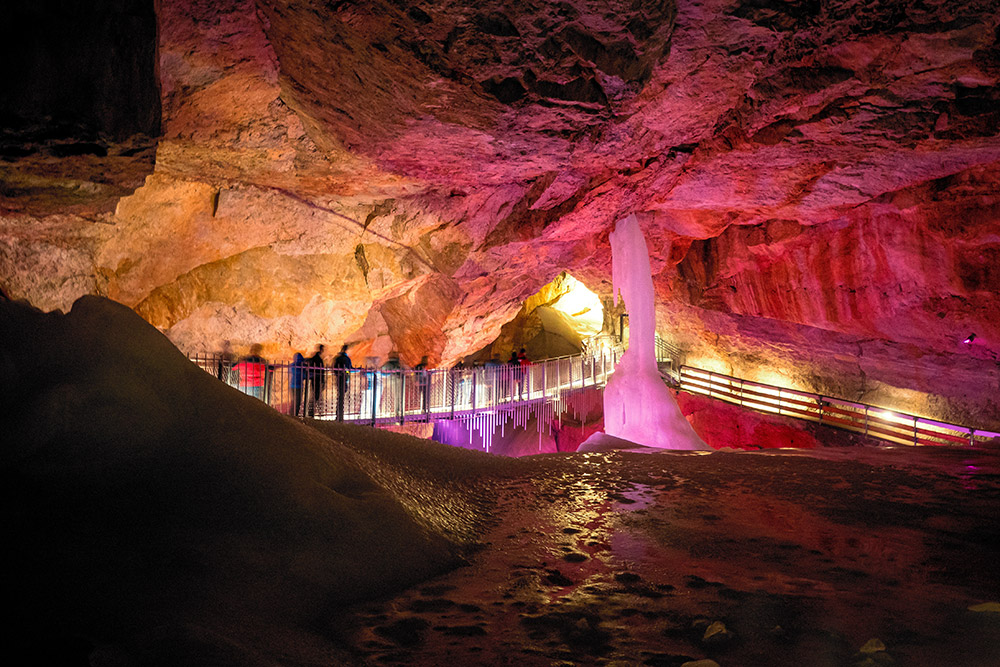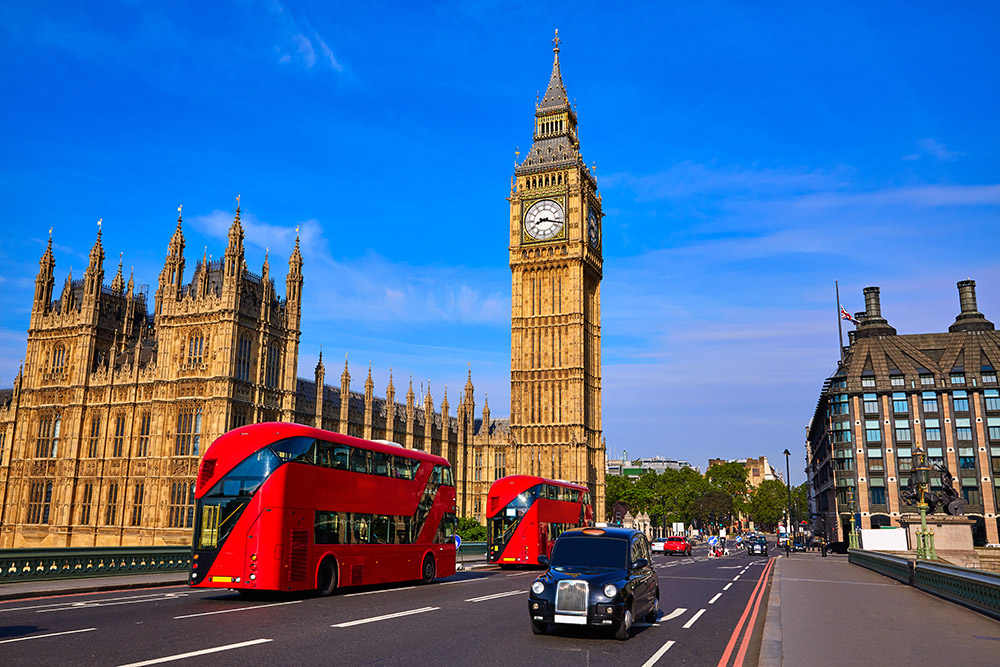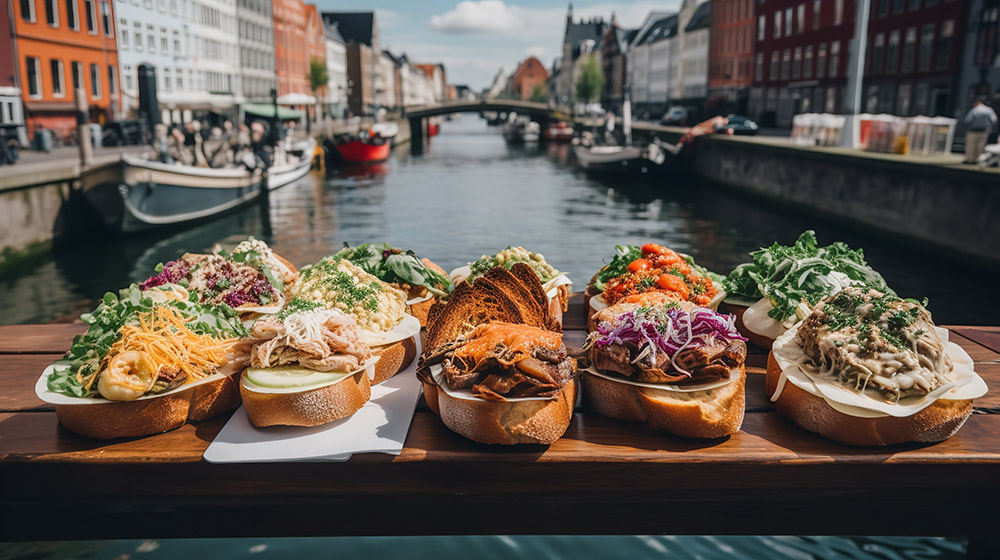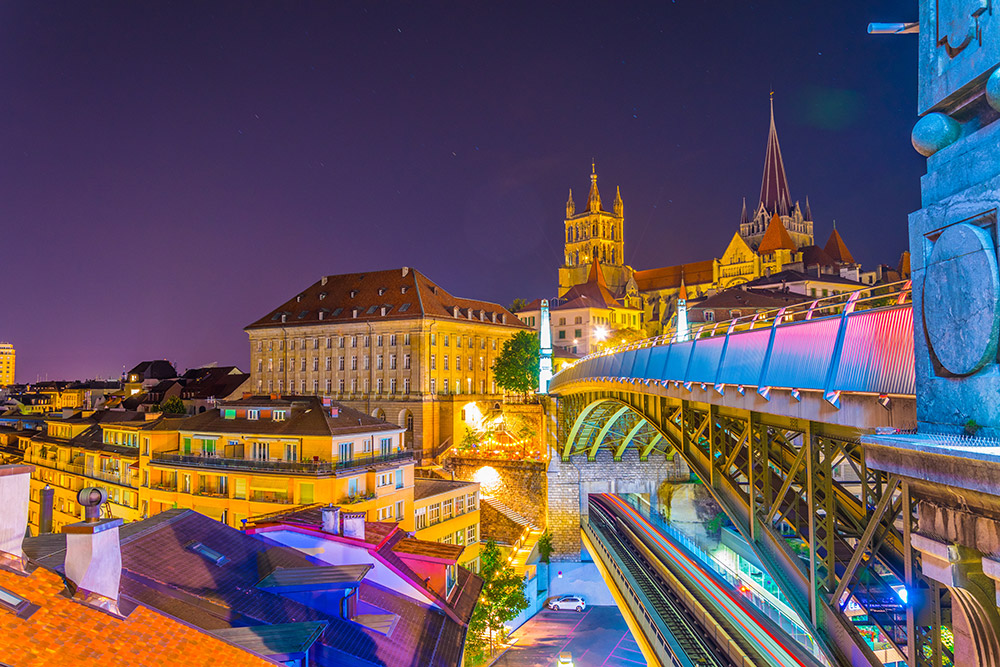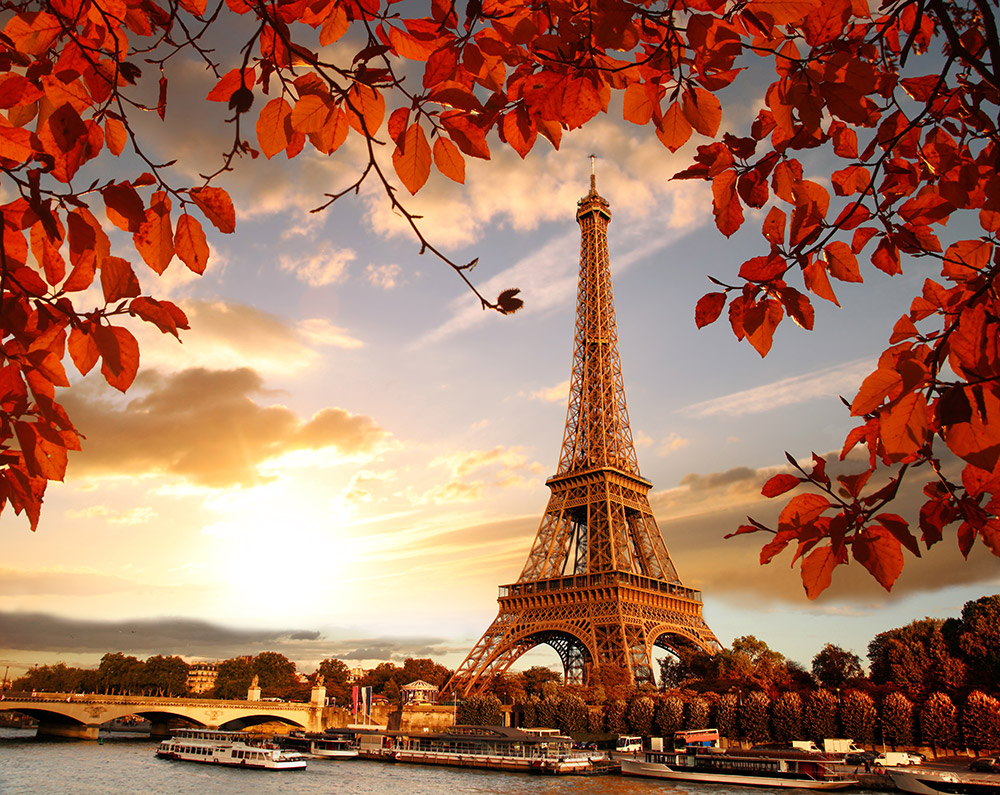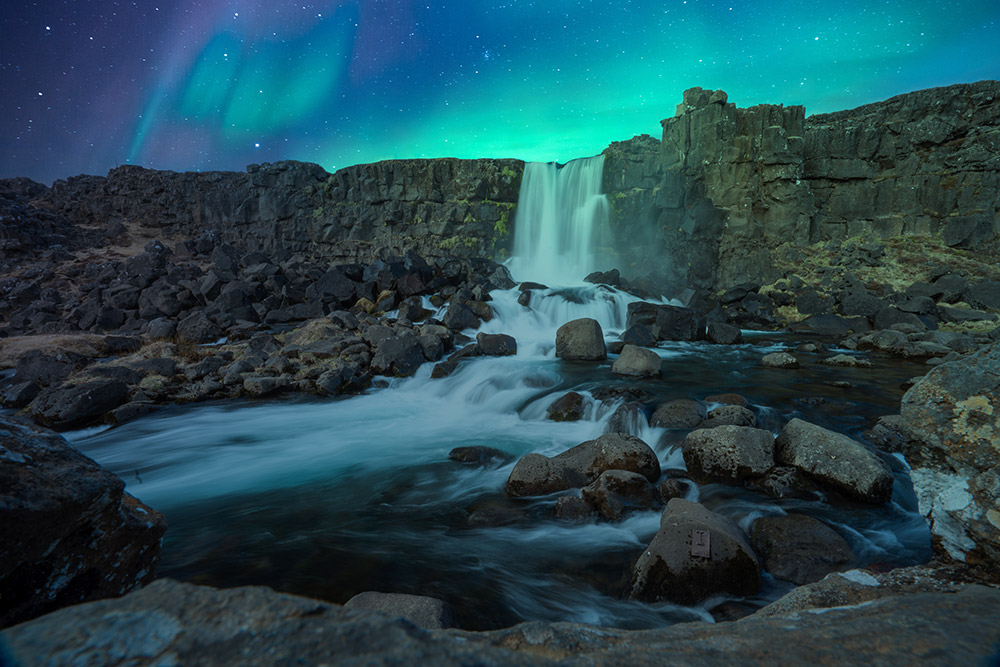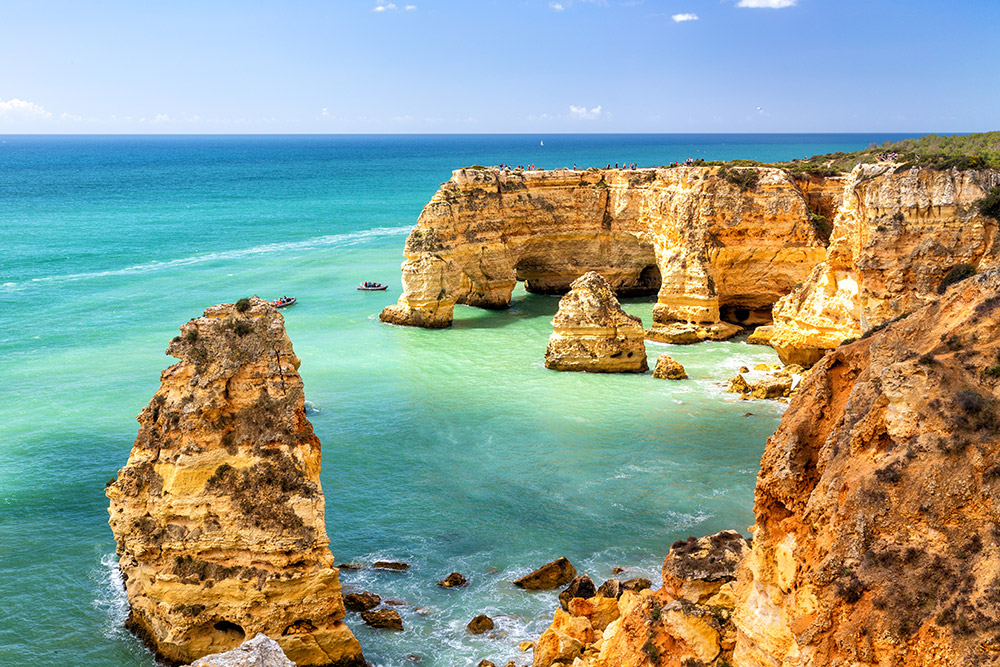Embarking on a culinary journey to Ireland promises to be an exciting experience, breaking free from old stereotypes that associate Irish cuisine solely with potatoes. While this stereotype originated from the 19th-century Irish famine, during which the failure of potato crops led to widespread devastation for many Irish peasants who relied heavily on potatoes as a fast-growing and nourishing staple, it does not capture the essence of Irish cuisine.
Popular itinerary for a Culinary Trip to Ireland:
Ireland’s culinary landscape has undergone a remarkable transformation. Young Irish chefs infuse traditional dishes with modern interpretations, breathing new life into the country’s food culture. Blessed with fertile soil and a mild climate, the Emerald Isle provides ideal conditions for agriculture, upon which Irish cuisine heavily relies.
Among the must-try traditional Irish dishes are hearty stews made with beef, sheep, or pork, as well as fresh seafood and seafood chowder, all accompanied by local Irish butter and brown bread or soda bread. Don’t miss the opportunity to indulge in a delicious slice of Irish apple pie.
This proposed itinerary begins and ends at Dublin International Airport.
Day 1: Dublin
Dublin, Ireland’s capital and largest city, was founded as a Viking settlement on the banks of the River Liffey. It was the center of British administration for over 800 years and the focal point of Ireland’s struggle for independence. The city center is relatively small and easily navigable on foot.
A visit to Ireland would be incomplete without exploring the renowned Guinness Brewery visitor center, housed in one of the old storehouses. This center recounts the story of the Guinness family and Ireland’s iconic stout, Guinness. On the 7th floor, you can savor a complimentary pint of Guinness while enjoying panoramic views of Dublin. Guinness, a famous Irish brand, is not only a beverage but is also utilized in the preparation of traditional dishes, particularly beef and sheep stews.
While in the area, make sure to visit St. Patrick’s Cathedral, constructed on the site where St. Patrick used a well for Christian conversions. Dating back 800 years, the cathedral has undergone various changes and renovations and is Dublin’s most notable religious building. It is associated with the famous Dean Jonathan Swift, author of “Gulliver’s Travels,” whose grave can still be seen in the cathedral.
Close by, the first Viking settlement surrounded Christ Church Cathedral, the city’s oldest cathedral. Viking remains can be observed in the pavements around the cathedral, including the outline of an ancient Viking house on the west side. For a deeper dive into Viking history, explore the Dublinia center just across the street. Proceed to Dublin Castle from Christ Church, where you can roam the grounds free of charge and picture the 800 years during which British officials governed Ireland from these buildings, some of which are still used as government offices today.
Dublin is home to more than 750 pubs featuring beverages and live Irish music performances. Although those located in the city center and Temple Bar area can be crowded and somewhat pricey for tourists, experiencing a pub in Temple Bar is a must! Just a short distance from the cathedrals, don’t forget to explore the Brazen Head, Ireland’s oldest pub, founded in 1198.
Spend the night in Dublin.
Day 2: Dublin, continued
Start the day with a visit to Ireland’s oldest and most precious treasure – the Book of Kells. This embellished manuscript of the four Gospels, written 1200 years ago in Iona Abbey, is now a treasured exhibit at Trinity College’s Old Library. Your visit will guide you through a digital presentation showcasing the manuscript’s distinctive decorations and the grandeur of the Old Library’s lengthy hall. Explore the college grounds to discover more about Ireland’s first university.
Next, take a leisurely stroll to the National Museum of Ireland – Archaeology, where you can explore exhibitions featuring ancient Irish crafts, monastic remains, Viking artifacts, and the enigmatic bog bodies.
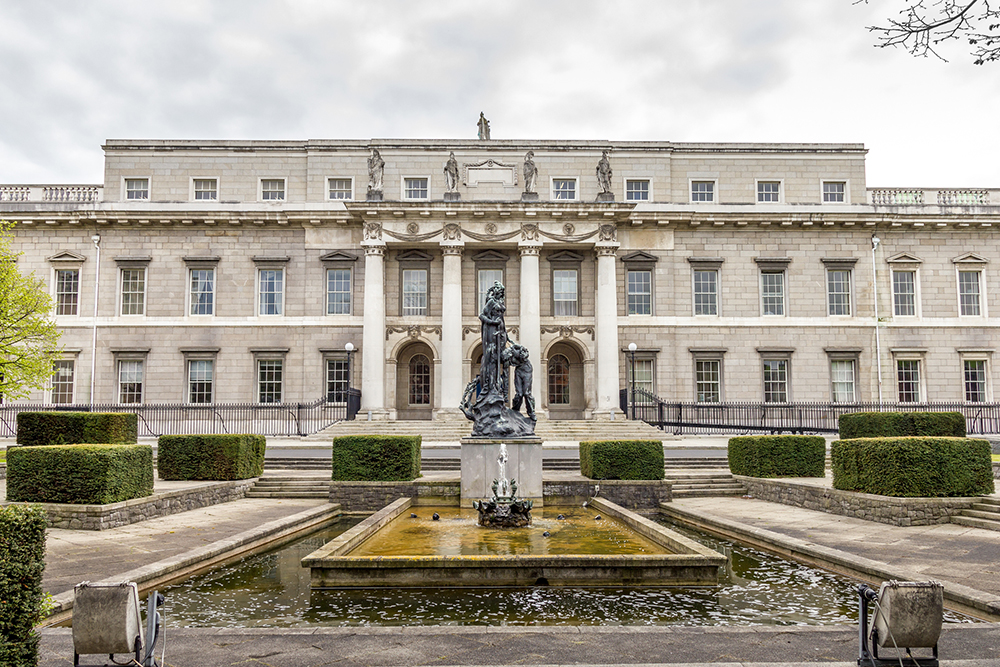
Pause for a break in Merrion Square, where you can admire the Oscar Wilde statue overlooking his birth home and the playground inspired by “The Selfish Giant.” As you wander around St Stephen’s Green, appreciate the unique Georgian doors of the houses. On Thursdays, a small food market on the corner of Merrion Square offers delicious cooked food and sweets, perfect for a quick picnic in the garden. Enjoy a coffee break at Stephen’s Green Shopping Centre and indulge in shopping on Grafton Street.
Dublin’s culinary scene has gained a youthful and vibrant atmosphere, thanks to the presence of many students and young professionals in the IT sector. One notable neighborhood is Dublin 8, situated on the west side of the city. Once known for its silk and wool factories, it has transformed into a youthful enclave with numerous cafes and modern restaurants.
Spend the night in Dublin.
Day 3: Northern Ireland – Belfast
Today, you’ll head north, crossing the border into Northern Ireland, which is a part of the United Kingdom. Please note that in Northern Ireland, the currency used is GBP, not the Euro as in Ireland. Additionally, keep an eye out for changes in the units on road signs, switching from kilometers to miles.
Heading north toward Belfast, take a break at Howth, a charming fishing village. Howth Pier is home to fish and seafood restaurants that source fresh products from the sea. Explore the arts and crafts and food market and enjoy a scenic cliff walking trail.
Belfast is forever linked to the Titanic, the colossal cruise ship that tragically sank on its maiden voyage to New York. Start your exploration at the Titanic Quarter with the innovative Titanic experience, located on the site of the Harland & Wolff shipyard.

If you arrive in Belfast on a weekend before 3 PM, consider heading to St George’s Market for lunch and browsing through arts and crafts stalls.
As you drive through the city center, travel along the Peace Walls erected to separate the historically divided communities along the Falls and Shankill Roads. Today, these walls showcase street art expressing diverse political affiliations.
In the evening, venture to the Cathedral Quarter for dinner, music, and drinks at one of the numerous pubs or dine at one of the Michelin-recommended restaurants.
Spend the night in Belfast.
Day 4: Bushmills Village, Derry
Today’s route will blend the natural beauty for which Ireland is renowned with the rich tradition of Irish whiskey. Begin by heading to Bushmills Village and explore the Old Bushmills Distillery, established in 1608 and holding the distinction of being the oldest licensed whisky distillery. Operating under a license from King James I of England, the distillery tour guides you through the whisky-making process, culminating in the opportunity to savor a dram.
Continue your journey to the mesmerizing Giant’s Causeway, where dramatic basalt cliffs and stones grace the Atlantic Ocean shore. Don’t miss the nearby evocative Dunluce Castle, the ruins of a 16th-century castle perched on the Antrim coast.
Drive on to Derry (Londonderry), Northern Ireland’s second-largest city. Take a stroll along the city walls, explore the Free Derry corner, and visit the Bogside neighborhood, a site of clashes during The Troubles. Discover the Guildhall, the city’s town hall adorned with ornate windows and featuring a local history exhibition. Conclude your day by savoring traditional Irish dishes for dinner in one of the many pubs within the walled city.
Spend the night in Derry.
Day 5: Heading South Toward Galway
Today’s journey will be southward, returning to the Republic of Ireland. Drive through the towns of Donegal and Sligo before reaching Galway. Both Donegal and Sligo, situated not far from the Atlantic Ocean coast, offer magnificent viewpoints and walking trails along the beaches. In Donegal, be sure to visit the Donegal Craft Village located just outside the town. In Sligo, a visit to the Yeats Society Sligo is a must, dedicated to commemorating the life and work of W.B. Yeats, Ireland’s greatest poet.
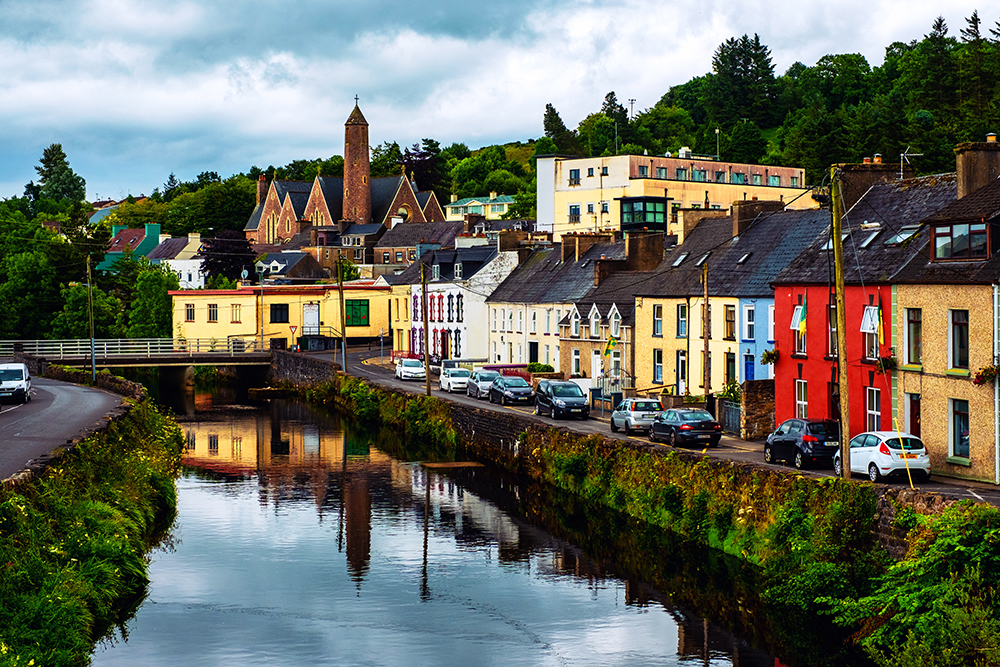
Galway, the largest city in western Ireland, exudes a lively and joyful atmosphere filled with music and positive vibes. Explore the relatively new Galway Cathedral, constructed in the mid-20th century, displaying diverse influences ranging from Gothic to Renaissance.
Take a leisurely stroll through the Latin Quarter and the Spanish Arch, remnants of the city’s protective walls, and enjoy the medieval alleys, street performances by young talents, and the abundance of pubs and restaurants. Salthill, a resort neighborhood in Galway Bay, also offers some excellent dining options.
Spend the night in Galway.
Day 6: Connemara National Park, Kylemore Abbey, and Clifden
Today’s route is through the scenic landscapes of the Connemara National Park. If the weather permits, consider a short hike starting from the Connemara Visitor Center to immerse yourself in the unspoiled beauty of the surroundings.
The next stop is Kylemore Abbey, an impressive estate in the heart of Connemara, situated on the shores of a small lake surrounded by mountains and natural splendor. Originally built as a family residence, learn about the history of the family who constructed this magnificent house and the arrival of nuns to this remote corner of Ireland. Explore the unique Gothic-style chapel and the Victorian walled garden. The abbey’s cafeteria offers a delightful selection of hot and cold meals, as well as coffee and desserts – their apple pie and soups are highly recommended!
For seafood enthusiasts, Clifden awaits. Tucked between mountains and the Atlantic Ocean, this small town at the mouth of Clifden Bay was once a charming fishing village before evolving into a tourist hotspot. Clifden boasts fine dining options that prioritize locally-sourced products.
Spend the night in Galway.
Day 7: Burren National Park, the Cliffs of Moher, Bunratty Castle and Folk Park
Today’s drive is through the captivating landscapes of Burren National Park, taking a few breaks to absorb the views of this lunar-like terrain.
Continue your journey towards the Cliffs of Moher, Ireland’s most visited natural wonder. Along the way, consider stopping at one of the sheep farms that offer demonstrations on working with herding dogs. Continue through Lisdoonvarna, a charming village renowned for its annual match-making festival in September, and Doolin, considered the heart of Irish music. Drop into one of the lively pubs for a pint, lunch, and an uplifting music session.
If you’re up for it and weather conditions permit, take the approximately 4.5- mile Cliff Walk from Doolin to the Cliffs of Moher. Alternatively, drive to the Cliffs of Moher Visitor Center.
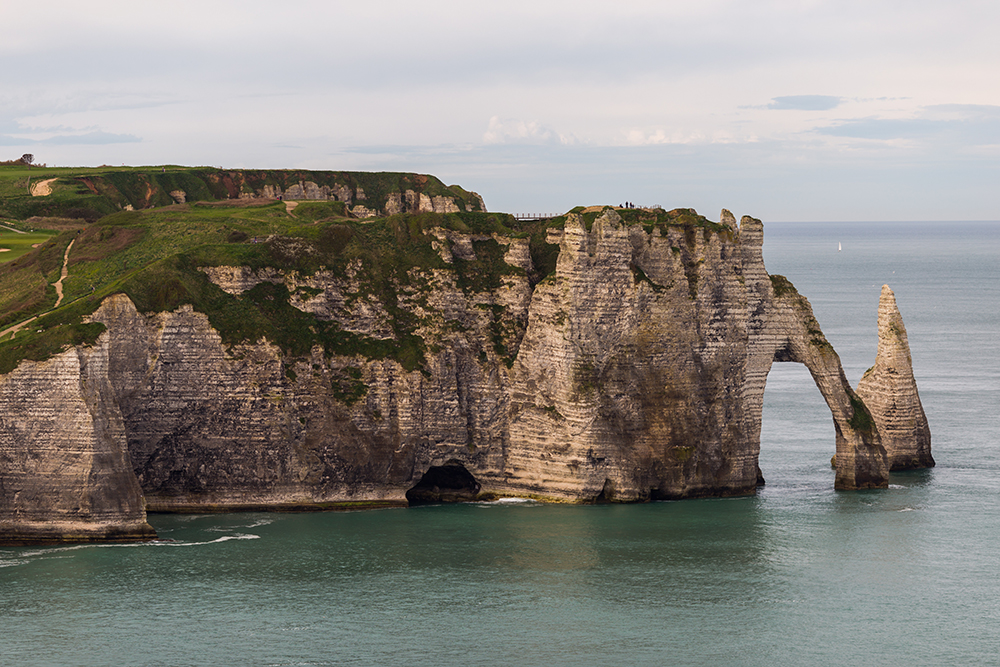
Another notable attraction is Bunratty Castle and Folk Park. Originating as a fortress built in the 13th century, it underwent changes in ownership and expansions over the years. Presently, the castle grounds encompass the folk park, showcasing more than 30 buildings that depict rural life in Ireland. This includes everything from modest dwellings to the village school, a doctor’s house, and village shops, up to the residences of estate owners like Bunratty House. The castle itself hosts a medieval banquet, featuring a four-course meal accompanied by music and beverages of the era, held in the grand hall of Bunratty Castle.
Spend the night in Limerick.
Day 8: The Ring of Kerry and Killarney
Embark today on the renowned Ring of Kerry, renowned as Ireland’s most picturesque drive along the rugged south coast, showcasing enchanting coastlines and untouched natural beauty. The circular route starts and ends in Killarney, covering a distance of just over 110 miles. Highly popular, particularly in the tourist season, you may experience heightened traffic along the route, including tour coaches. Along your journey, you’ll pass delightful villages such as Waterville, Sneem, and Kenmare, ideal for coffee and lunch breaks.
The journey features several ancient stone forts that once belonged to the Celtic tribes inhabiting the region, as well as numerous viewpoints offering opportunities to pause and appreciate the breathtaking landscapes.
Consider a detour to the Skellig Ring, offering closer views of Skellig Michael and Little Skellig, two small crags in the ocean. Skellig Michael was home to monks who constructed a monastery atop it in the 6th century. If weather and sea conditions permit, consider taking a boat tour to Skellig Michael.
In the evening, the lively Killarney city center buzzes with people enjoying live music, drinks, and dinner in the many traditional Irish pubs.
Spend the night in Killarney.
Day 9: The Dingle Peninsula
Another great drive from Killarney is the Dingle Peninsula circular drive. It is about 30 miles long and must be driven clockwise. The drive will take you through narrow roads loaded with herds of sheep, stunning sea and cliffs views, and beautiful beaches. The town of Dingle awaits with its array of restaurants and pubs, serving delectable traditional Irish meals alongside freshly sourced and cooked fish and seafood, characteristic of a peninsula at the edge of the country. The town hosts a farmers market every Friday and features a food festival in October, complete with workshops and demonstrations.
Spend the night in Killarney.
Day 10: Killarney
Despite its small size, Killarney is a bustling tourist destination, primarily due to the natural beauty of its surroundings. The expansive Killarney National Park, covering about 64 square miles, rests at the base of the Macgillycuddy Reeks, Ireland’s highest mountain range.
Explore the town center by renting bikes or strolling to Ross Castle, a medieval fortress situated on the shores of Lough Leane. Venture to Muckross House and Gardens, the estate of a local landlord showcasing 19th-century lifestyle and notable for Queen Victoria’s visit in 1861. The estate also houses a charming café. Continue through the park towards Torc Waterfall, nestled in the midst of the woods.
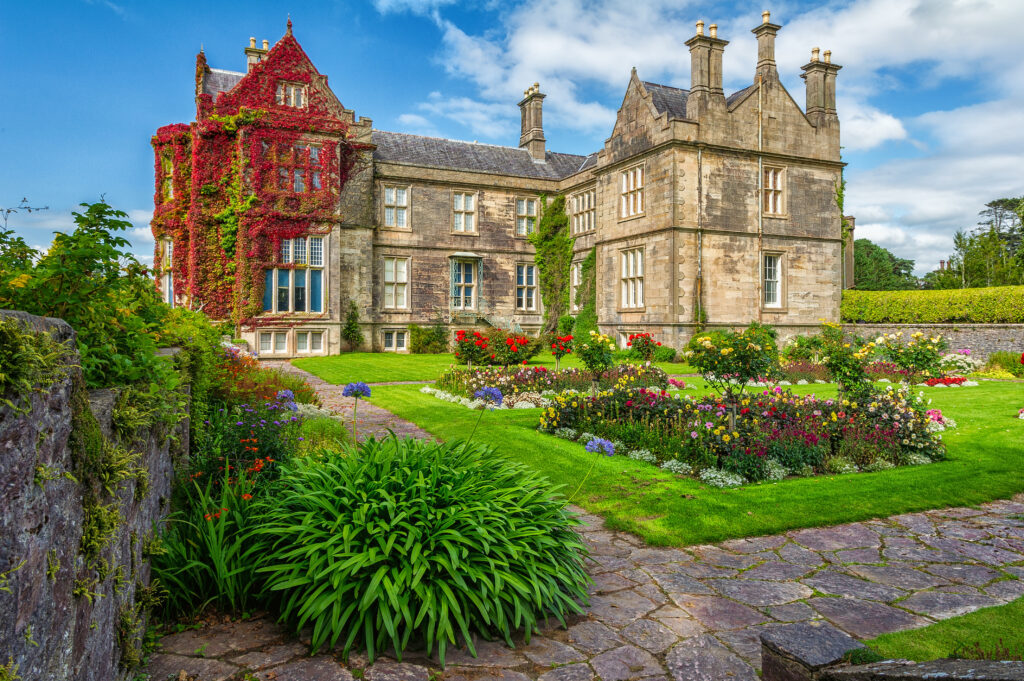
Travel to Cork to spend the night.
Day 11: Cork
Cork was once one of Ireland’s largest ports, exporting food and grains and serving as one of the busiest emigration hubs. Today, as Ireland’s second-largest city, Cork has transformed into a vibrant center with an outstanding culinary and cultural scene.
Pioneering the culinary landscape, Cork boasts the first Michelin-starred restaurant in Ireland, with a total of 15 Michelin-listed and recommended restaurants in the city and its environs. The historic English Market, established in 1788 as a covered market for the English community, offers a wide range of fresh food, delicatessen items, spices, and bakery goods. Another notable spot, St. Peter’s Market, now houses The Old Town Whiskey Bar at Bodega, a whisky bar and restaurant.
For a taste of history, visit the Butter Museum, which narrates the role of Irish butter in the British Empire. The city hosts the Cork on a Fork Festival in mid-August, featuring five days of food trails, demonstrations, tastings, street stalls, and shows.
In the afternoon, venture into the picturesque villages surrounding Cork, like Kinsale, Ballycotton, or Cobh.
Spend the night in Cork.
Day 12:
On your return journey to Dublin, make a stop at the delightful Kilkenny Castle, nestled in the heart of Kilkenny. Constructed in the 12th century by William Marshal, 4th Earl of Pembroke, the castle marks the beginning of the Anglo-Norman influence in Ireland. Throughout the centuries, it served as the familial home of the Butlers, Earls of Ormond, until its transfer to the State of Ireland in 1970. The guided tour takes you through various rooms, showcasing different periods of the castle adorned with original artifacts. The castle’s beautiful gardens provide a tranquil space for leisurely walks and relaxation.
Kilkenny is renowned for its Medieval Mile, a historic path that traverses the town center, linking Kilkenny Castle with St. Canice’s Cathedral.
Spend the night in Dublin.



